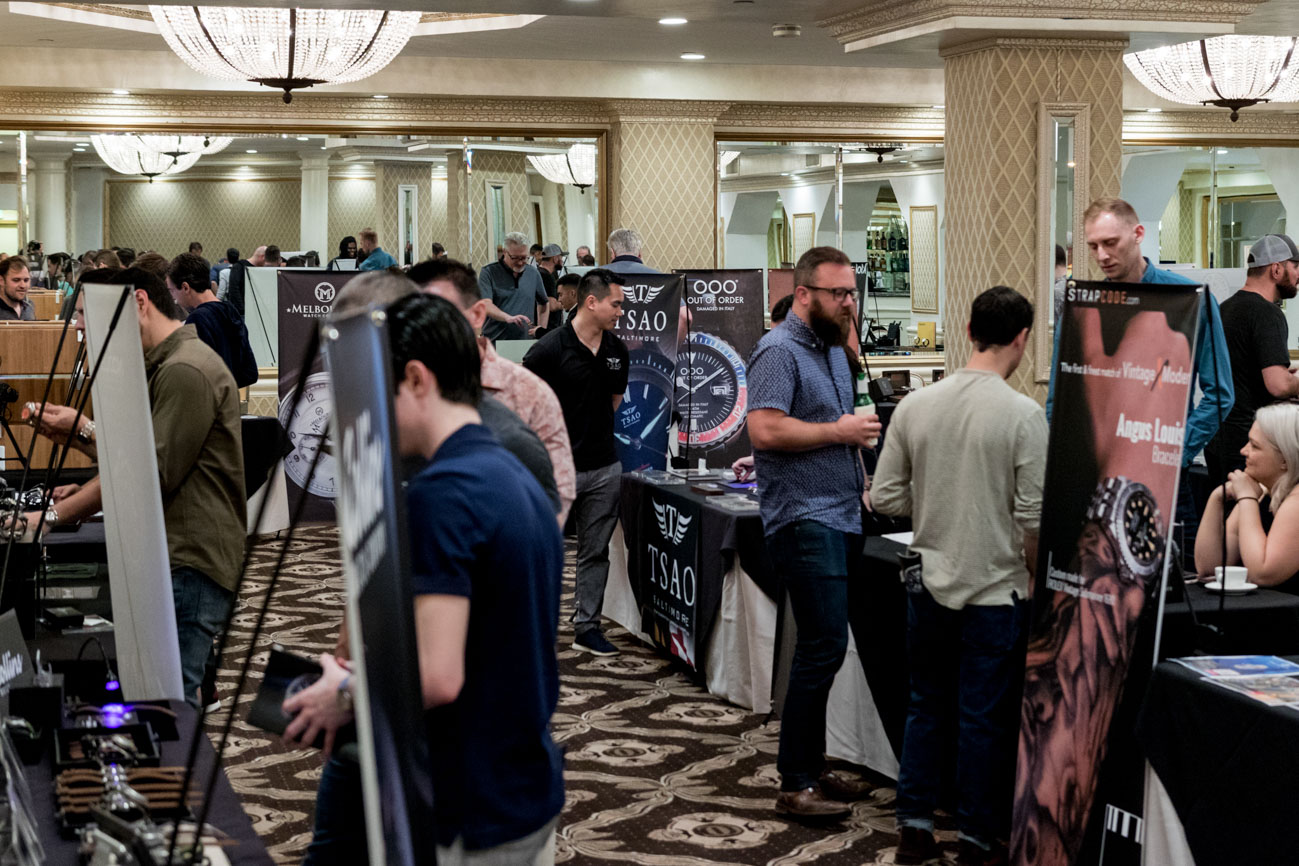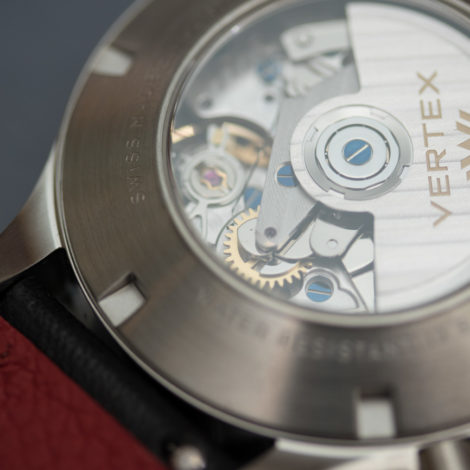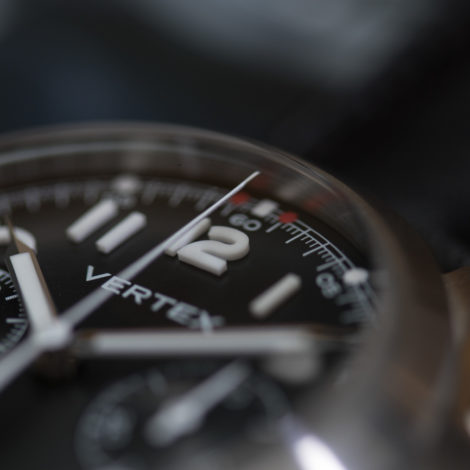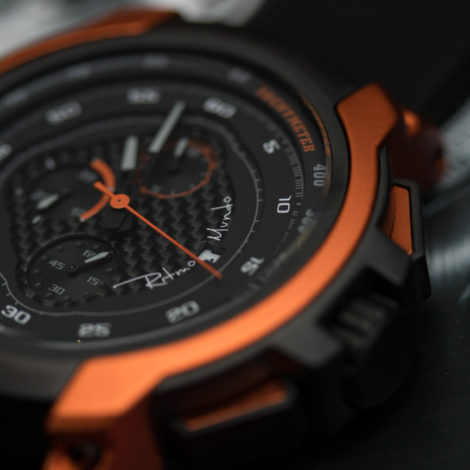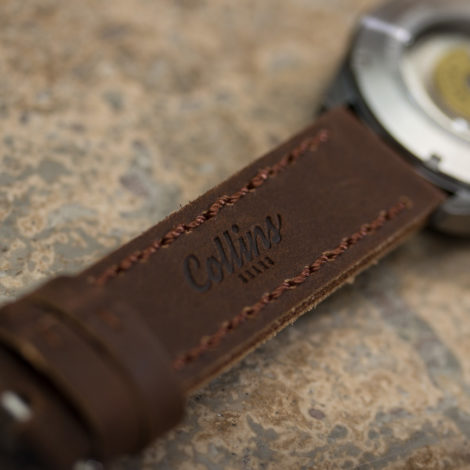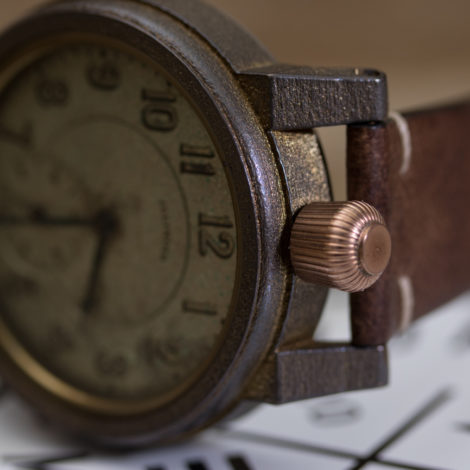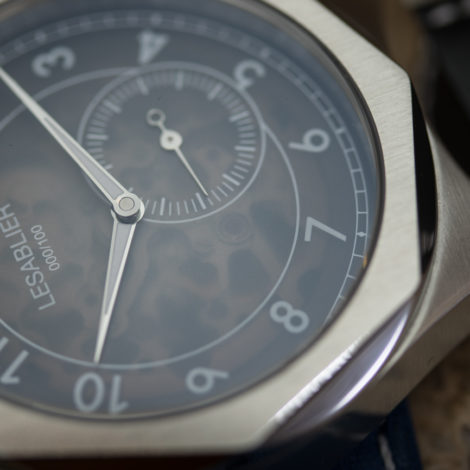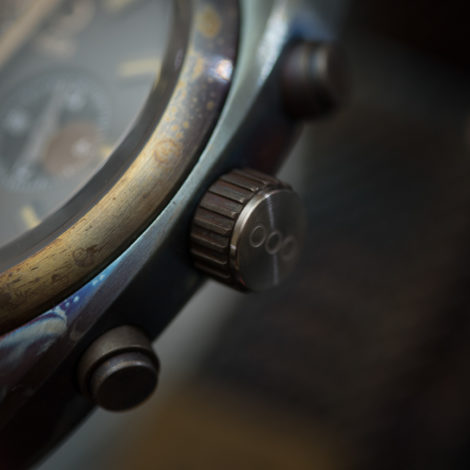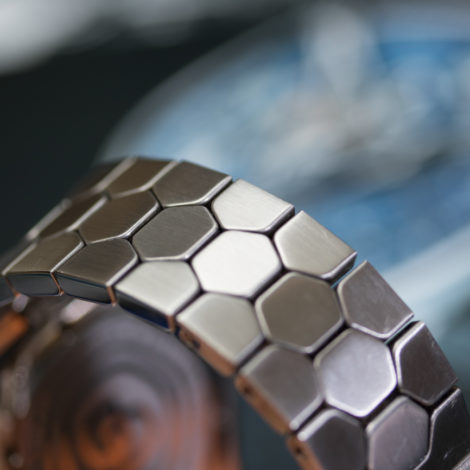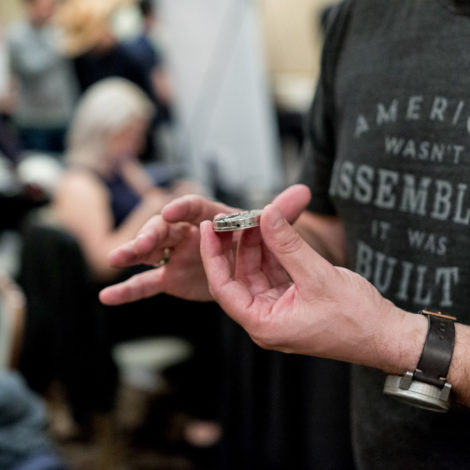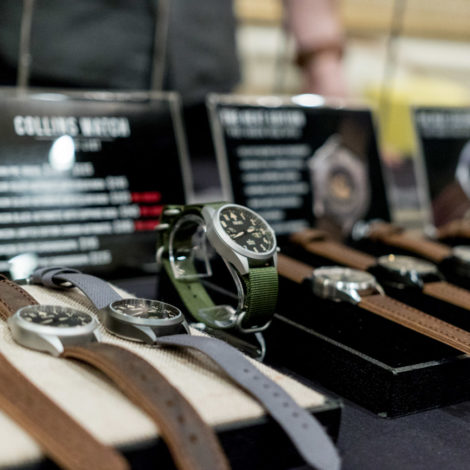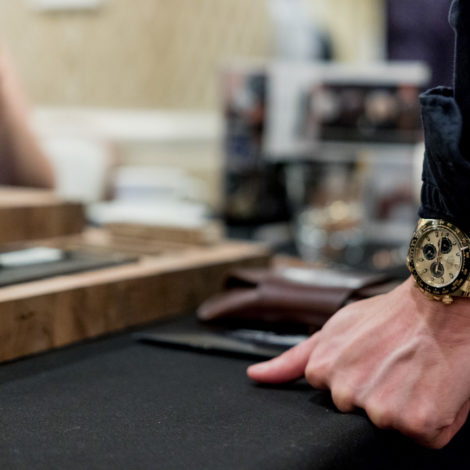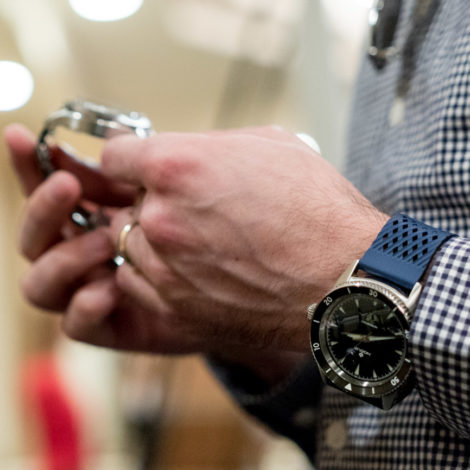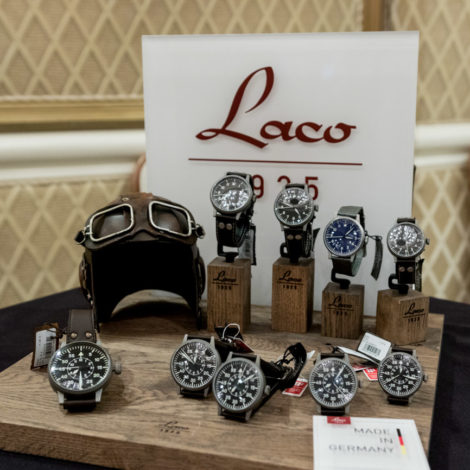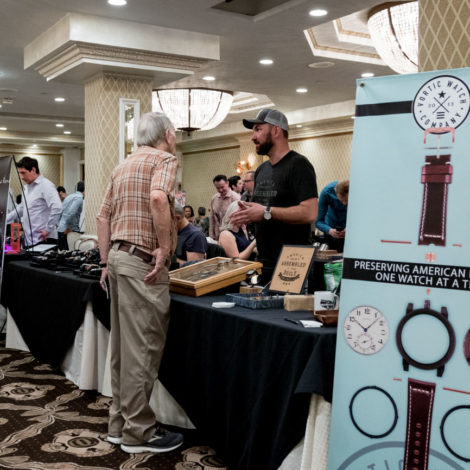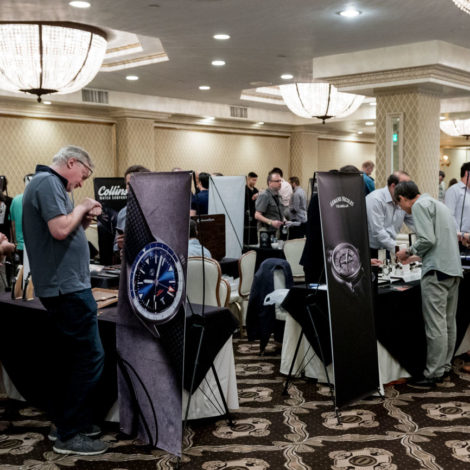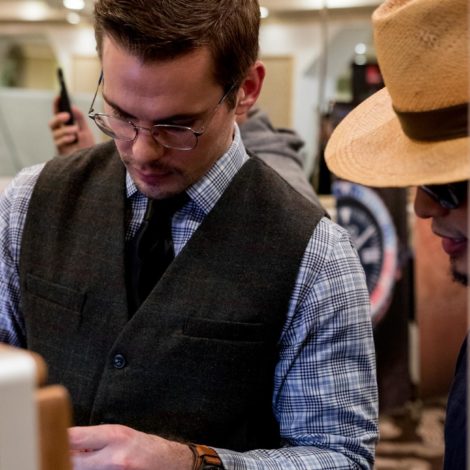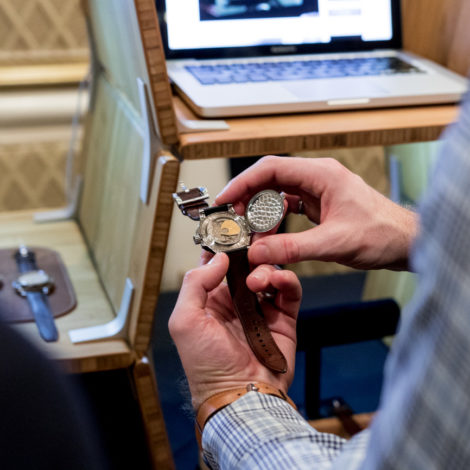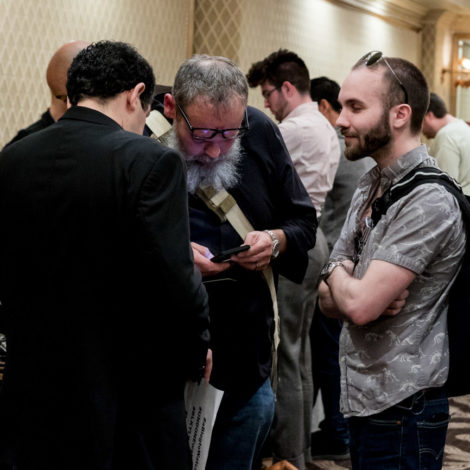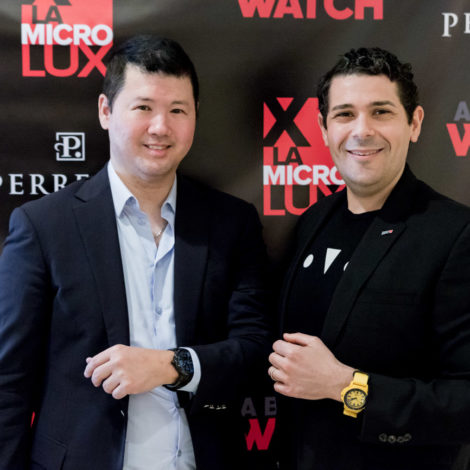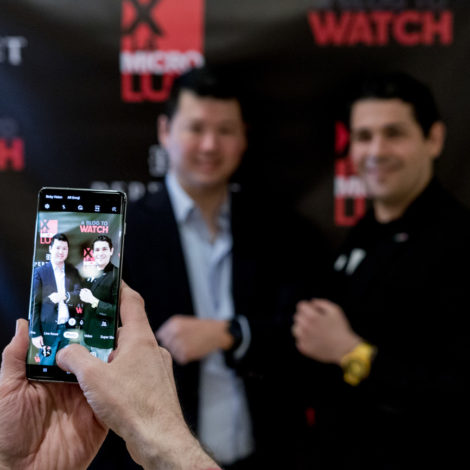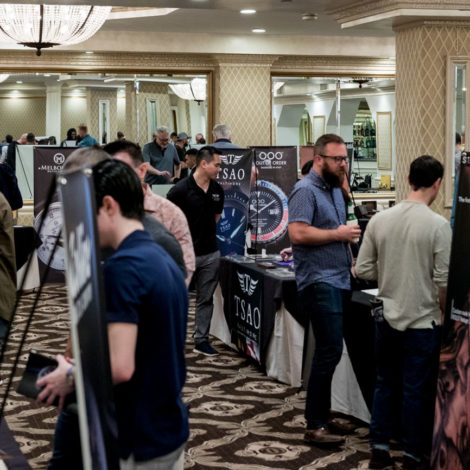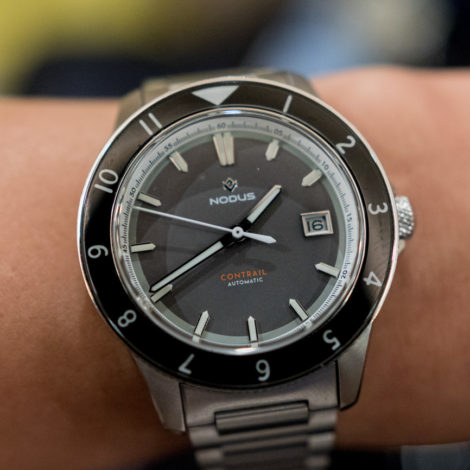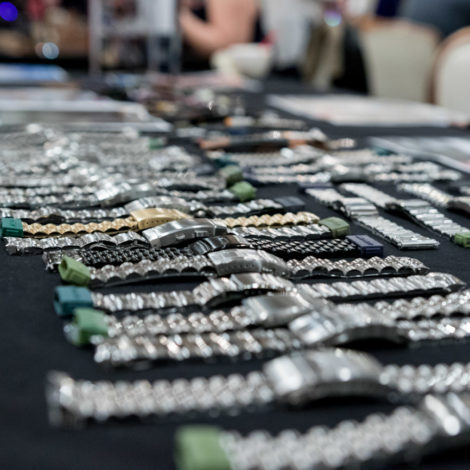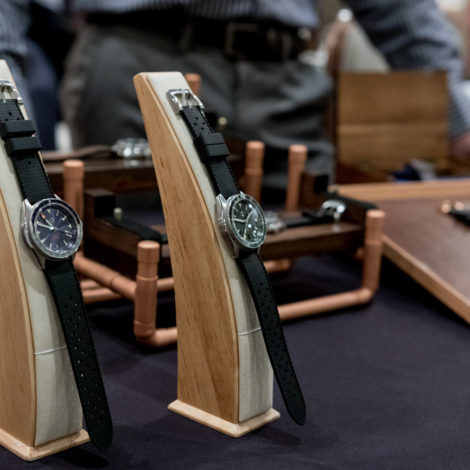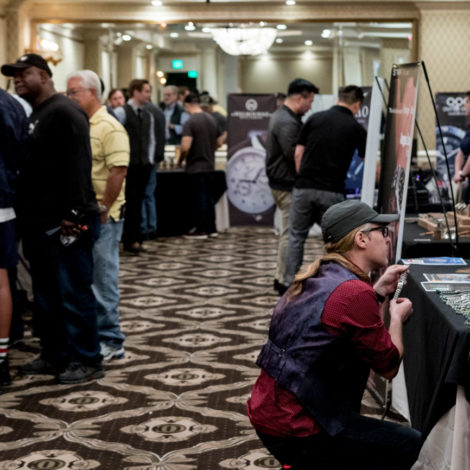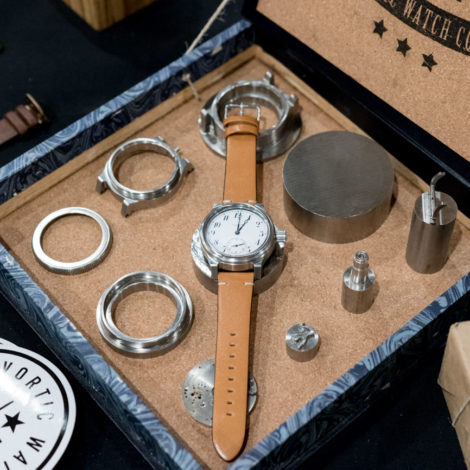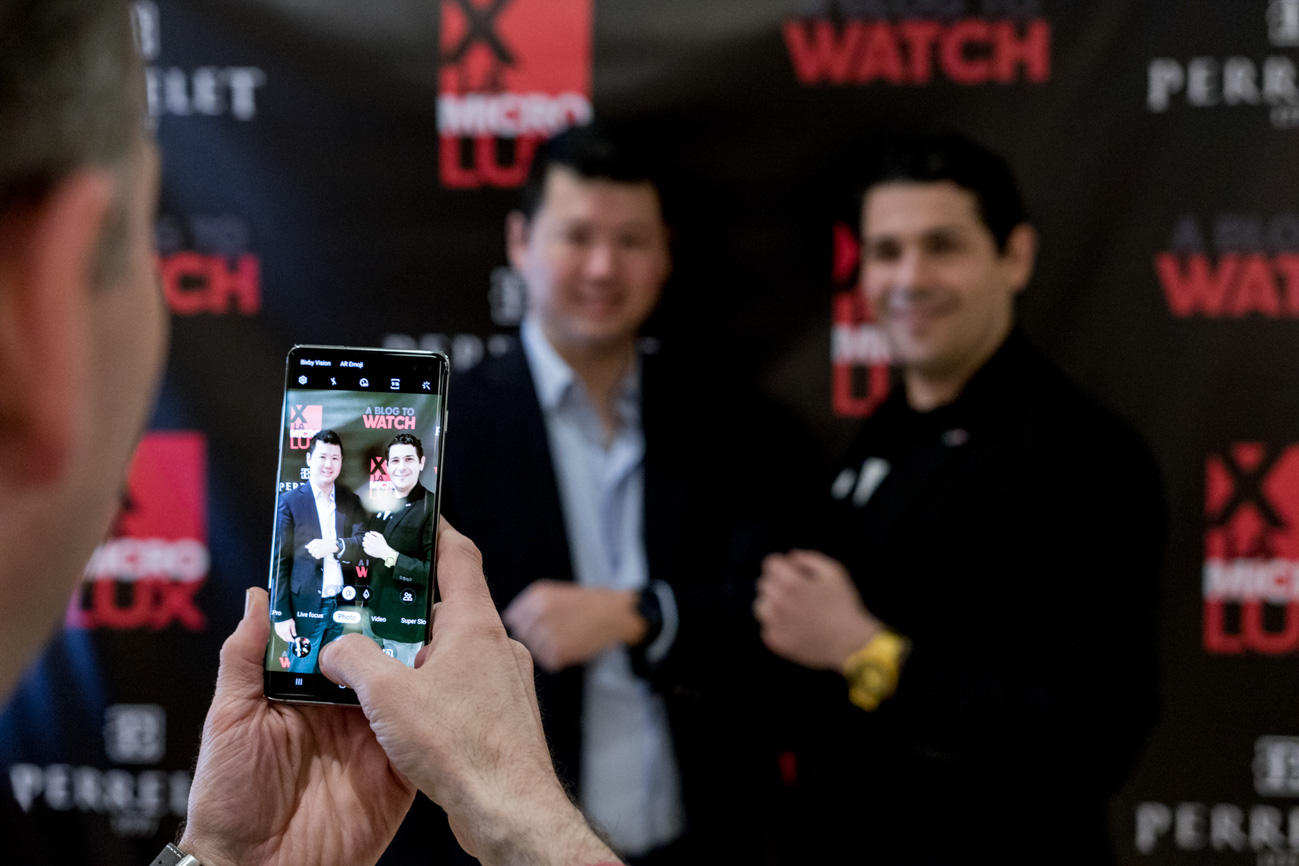
Early April 2019 saw the first LAmicroLUX watch event here in Los Angeles, California. As the media partner of the event, aBlogtoWatch was also asked to speak to guests with a keynote delivered by myself, Ariel Adams. LAmicroLUX was designed as a way for smaller watch brands to directly connect with local watch-lovers/collectors in the Los Angeles area who would otherwise probably have only ever seen such watches online. The greater Los Angeles area is massively important for the American watch market, but it suffers from having a lack of professional events and opportunities to see and touch products.
Given the importance and relative disorganization of my home watch market here in Los Angeles, I take pride in participating where I can to bring interesting conversations to people who, like me, have great enthusiasm for watches. LAmicroLUX did an admirable job of bringing together more than 20 watch brands, most of which easily fall under the “microbrand” moniker umbrella. But what is a microbrand for watches? In my keynote discussion (apparently there were some audio recording setbacks, but the full speech is easy to listen to) I sought to explain where microbrands come from, how to understand which are the better ones, and the outlook for collecting microbrand watches.
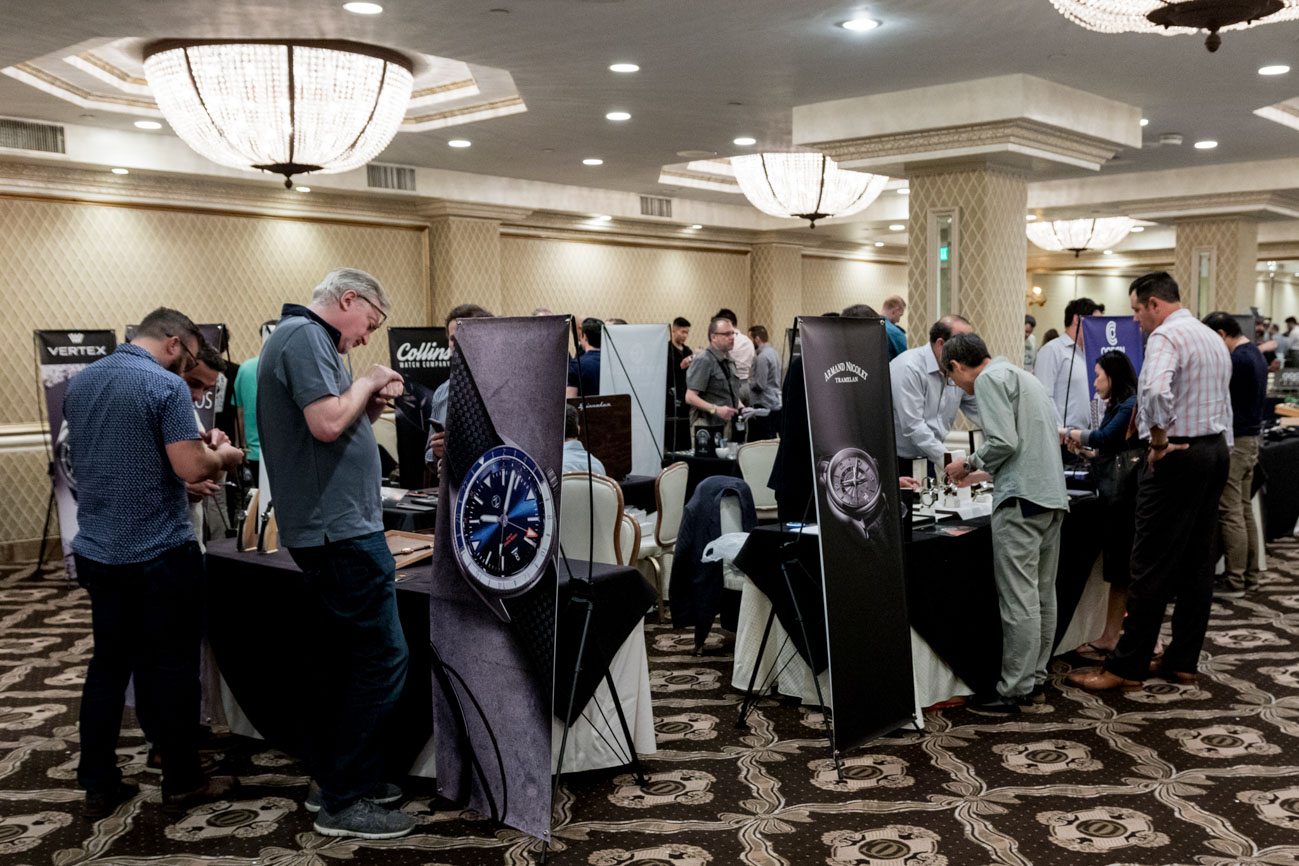
I also took issue with the imprecise and generally non-descriptive term “microbrand.” Size is not really what holds these collected brands together, though you could make an argument that, to an extent, they are connected by having similar annual product production volumes (the number of watches they produce each year). What I instead point to as the connecting factor of these newer, smaller, mostly direct-to-consumer watch brands is who started them and who runs them. All of these micro watch brands share the fact that they were started by people who love watches themselves. This is in contrast to a watch brand that is founded and/or run by a mere business person or entrepreneur. Surely those skills are essential to making a company successful, but a watch company is nothing without someone at the helm who loves the product. The better of these enthusiast-run watch brands are those for which the products are designed, first and foremost, to meet the needs of that founding personality. That other people also like the watches is simply an extension of the appeal of their good (or not so good) taste.
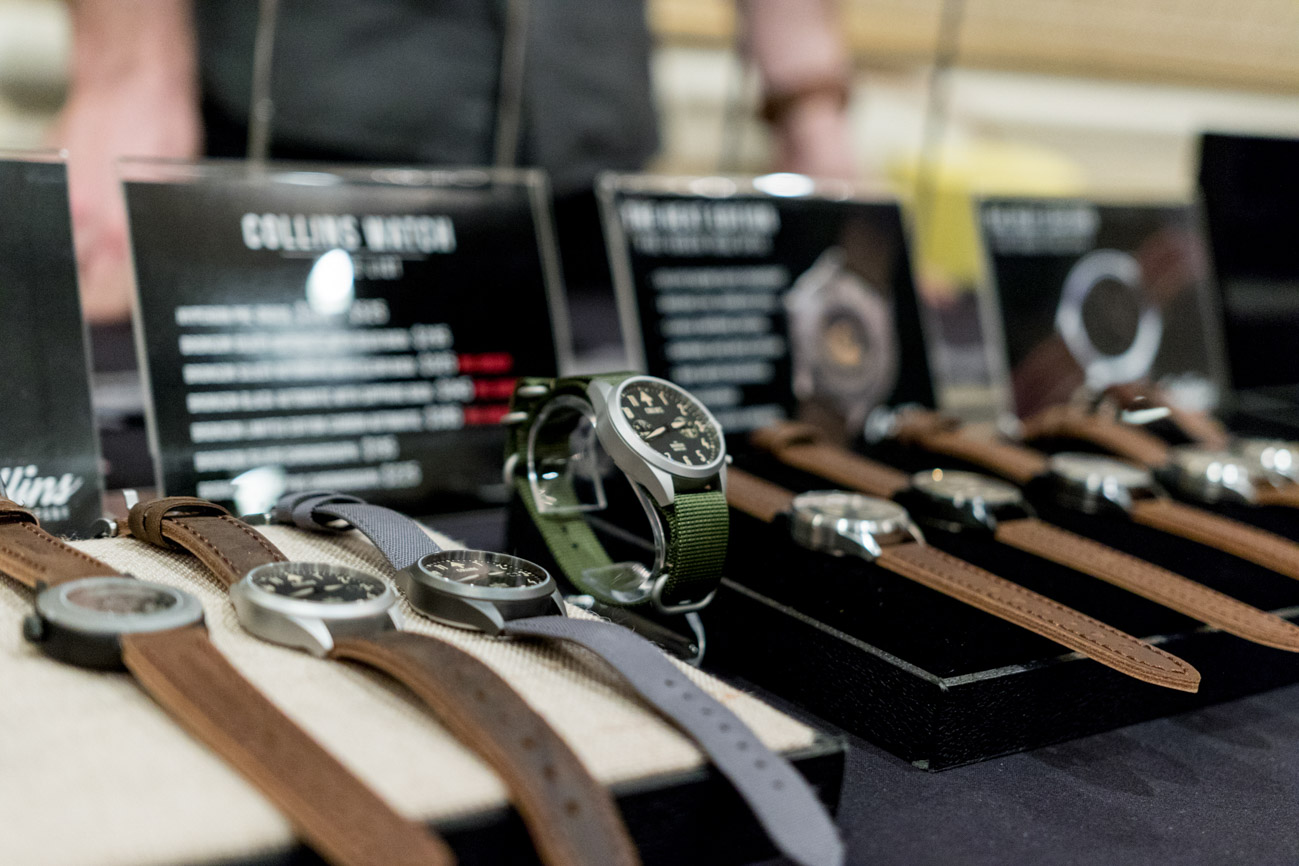
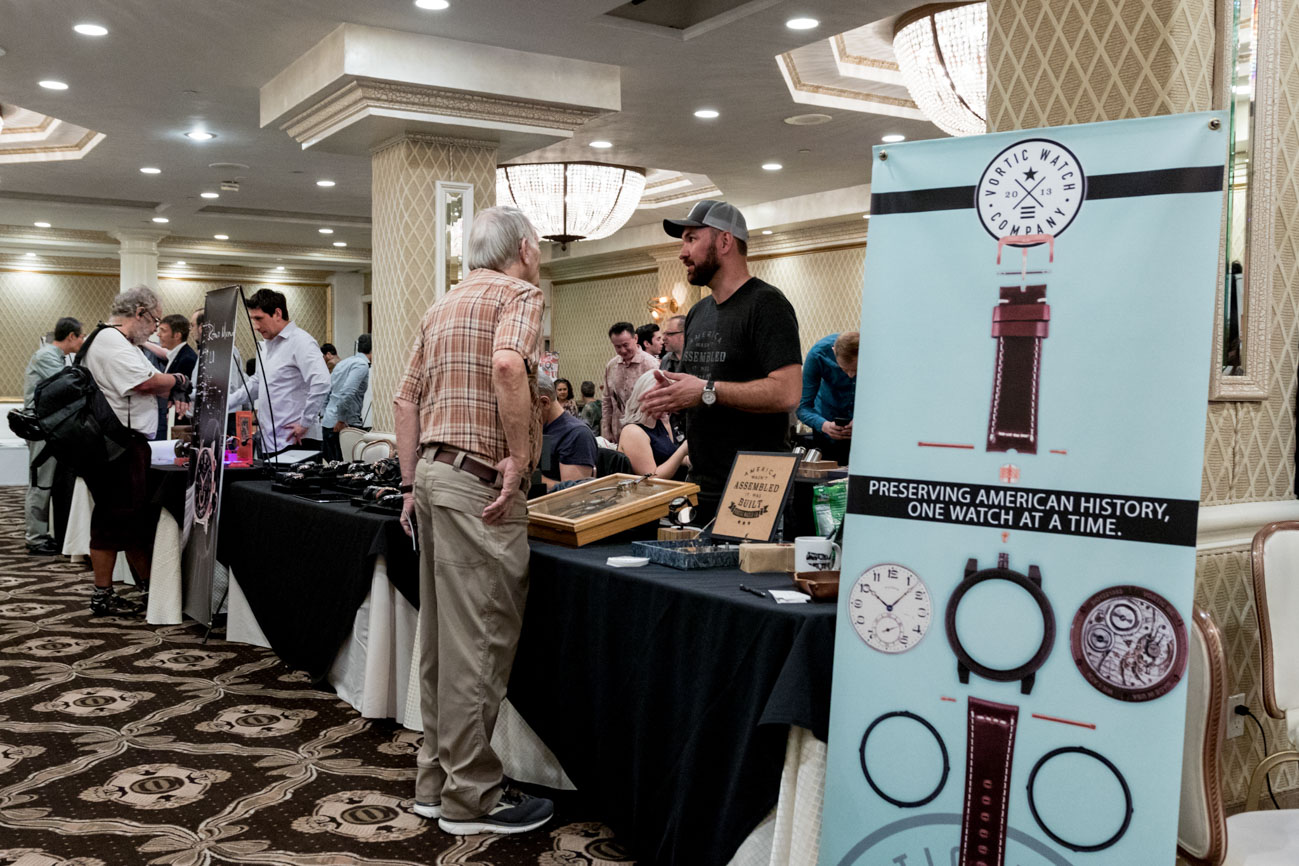
LAmicroLUX was a fun opportunity to see many of these smaller watch brands in one place, and it supplements other events that occur in other parts of the country, such as Wind Up and WatchTime events. All of these events have value but are also quite different in their demographic appeal and layouts. More so, events do not always do migrate well when moved from one market to another. So, what works in New York City won’t necessarily work in Los Angeles, and vice versa. Nevertheless, the importance of consumers being able to see and touch products from brands they are familiar with (and those they aren’t) is a crucial part of the purchase process, and it further helps people who collect timepieces make new friends with others who share their passions.
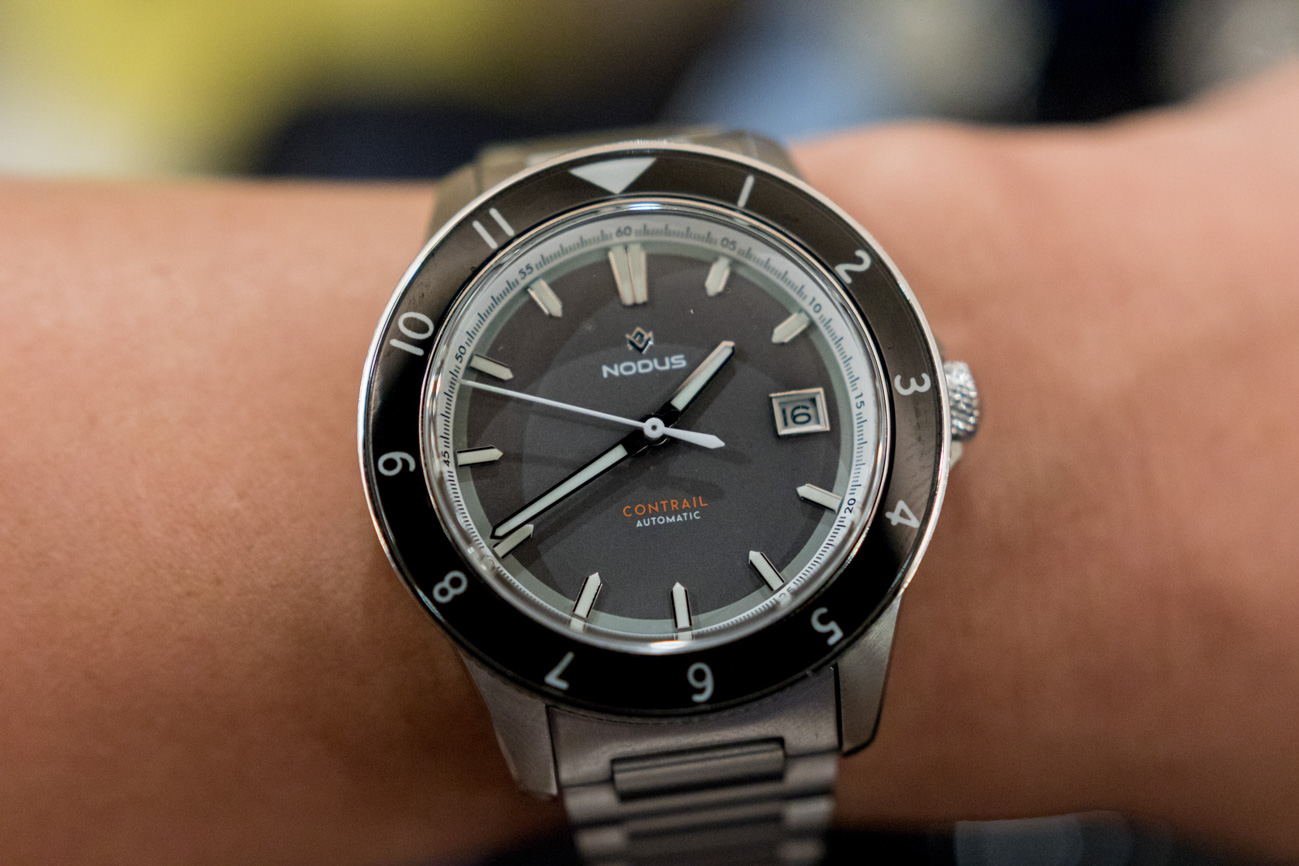

I’m happy to see Los Angeles further become a destination not only for watches to be sold but also as a place for watch brands to start, for watch brands to be headquartered, and for watch brands to regularly visit in order to host events and generally participate with the diverse and very interesting set of men and women in the greater Los Angeles area who consider themselves watch-lovers. My advice is to always look out for watch companies who are run by people that you, as a watch-lover, feel you could get along with — as they can, in many instances, offer the best ownership experience when you are interested in a novel timepiece for your wrist. Visit the LAmicroLUX event website here.

